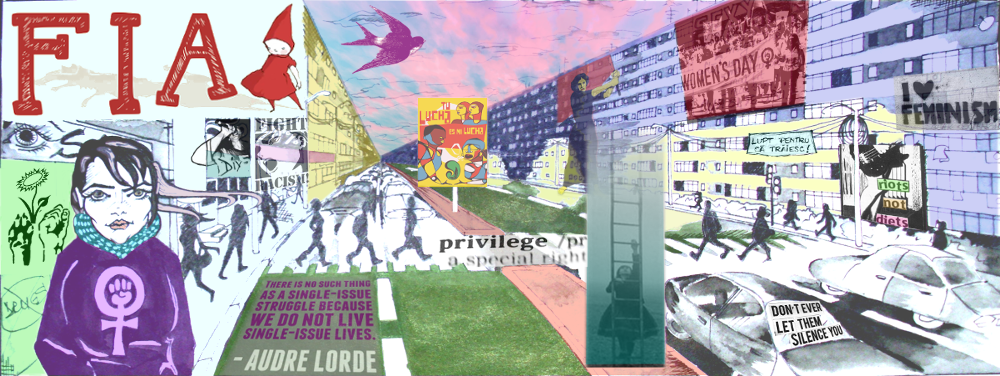… Only those with presumed safety in dominant society fear losing their privilege of comfort, along with possession and control over discourse in online spaces. People of color face real violence on the basis of their skin color. Black, brown, and gender non-conforming bodies even face police brutality, which shows that a lack of protection is normalized. In a world where whiteness means presumed innocence, safety, and entrance there is born a fear of anything contrary to unquestionable authority. The reaction white feminists are having to women of color feminists entering Twitter tends to problematize those who point out racism rather than question the integrity of the framework being critiqued.
The invoking of “toxic” is particularly instructive in that it normalizes online spaces in absence of these “polluting influences.” Seemingly ignoring the daily violence directed at women of color online, claims about the tranquility of online spaces in absence of these intrusions belies the facts on the ground. Dr. Brendesha Tynes, et al., in “Online Racial Discrimination and Psychological Adjustment Among Adolescents,” found that between 30-40% of youth of color experience racism online. According to Dr. Marcia Dawkins, “These young people were more likely to become depressed, anxious and, possibly, less successful academically.”
The Internet is toxic and violent, yet the recent narrative seems to reimagine virtual reality as a democratic nirvana seemingly disrupted by angry, disruptive, and divisive feminism. …
… In the discussion of Twitter feminism, the deployed language of “toxic” or “polluting” feminism is striking given the desire to reclaim these spaces because they are “toxic” and a blight on Feminism or progressive causes. Just as middle-class whites are returning to neighborhoods, previously abandoned and “left behind” – resulting in environmental hardship – these “crusaders” are now seeking to “clean up” the Internet at the expense of already marginalized voices.
Whereas others seem to be focused on “cleaning up” or otherwise ridding the Internet of those undesirable intrusions, there remains a community of people committed to creating a more just on- and off- line space. The desire to “clean up” these spaces through displacing or silencing women of color, those critical yet marginalized voices, embodies a form of digital gentrification. …
“In Defense of Twitter Feminism: Call-out culture, gentrification on social media and the politics of feminist discourse online.” by Suey Park @ MODEL VIEW CULTURE
